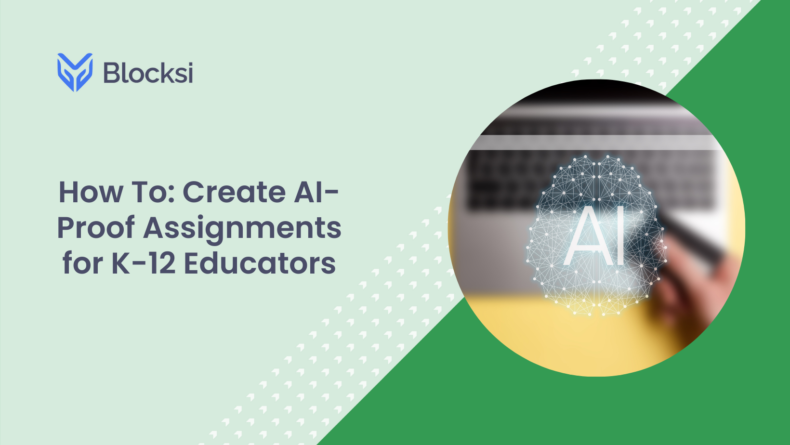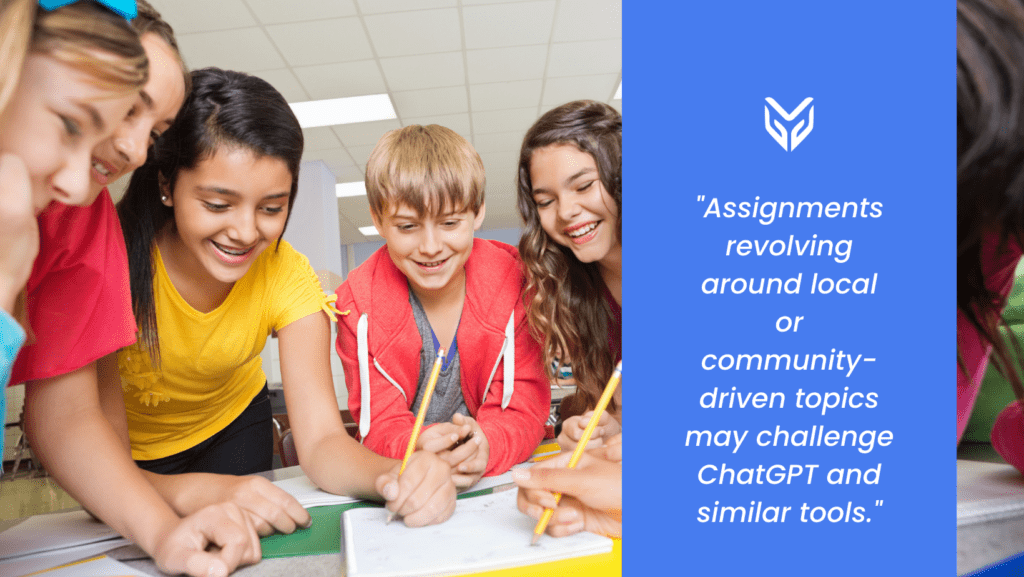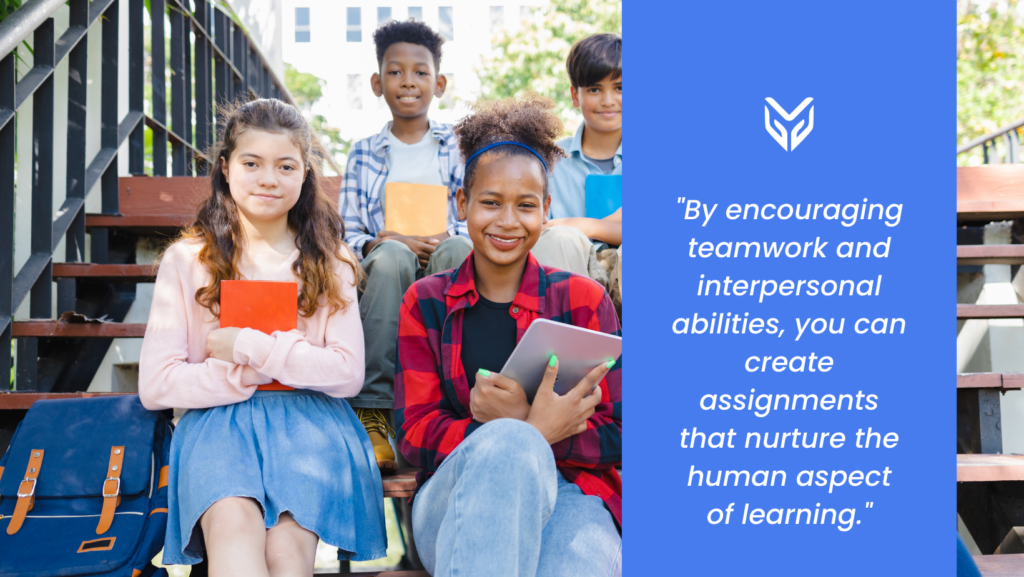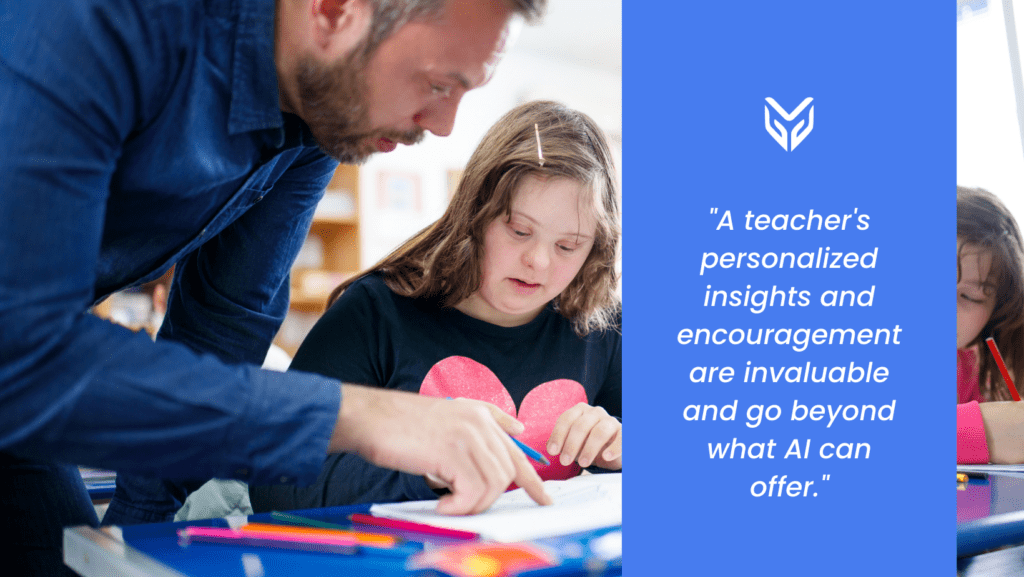NEWS
How To: Create AI-Proof Assignments for K-12 Educators

As K-12 educators strive to provide high-quality education, integrating technology and artificial intelligence (AI) has become increasingly prevalent. However, concerns about AI potentially replacing teachers or leading to biased assessments have arisen. To address these concerns, developing AI-proof assignments that complement and enhance the teaching process while ensuring a fair and equitable learning experience for all students is crucial. This article explores the steps to create AI-proof assignments for K-12 educators.
Understanding the Importance of AI-Proof Assignments
Before delving into the process of creating AI-proof assignments, it is essential to comprehend their significance. AI technologies, while powerful, may not fully grasp the nuances of human learning and emotions. By designing assignments resistant to AI’s potential pitfalls, you can ensure that technology is a useful tool rather than a replacement.
#1 Focus on Local or Community Issues
Assignments revolving around local or community-driven topics may challenge ChatGPT and similar tools. For instance, students may need to discuss a school-specific event or delve into research on local environmental issues, making it hard for them to seek further assistance using AI tools.

#2 Incorporate Dynamic Assessments
Static assessments with fixed answers are more susceptible to AI’s grading capabilities. By incorporating dynamic assessments, such as open-ended questions, presentations, or demonstrations, you can evaluate students’ individual thought processes and understanding better.
#3 Encourage Real-World Application
AI-proof assignments should emphasize real-world application, allowing students to apply their knowledge and skills in practical scenarios. Assign tasks that involve fieldwork, experiments, or engaging with the community. These will encourage a depth of understanding that AI struggles to emulate.
#4 Integrate Collaborative Learning
Collaborative learning experiences, such as group projects and discussions, are also something AI cannot replicate. That is because they foster interaction and communication skills only humans can produce. By encouraging teamwork and interpersonal abilities, you can create assignments that nurture the human aspect of learning.

#5 Use Personalized Learning Paths
To cater to diverse learning styles and preferences, adopt personalized learning paths when making assignments. Allowing students to choose projects aligned with their interests and strengths increases engagement and makes it harder for AI to predict outcomes.
Personalizing learning is also something you can upgrade using efficient classroom screen monitoring tools. Read more about it here.
#6 Foster Continuous Feedback
Feedback is a crucial element of the learning process. Educators should provide continuous feedback to students, encouraging improvement and growth. A teacher’s personalized insights and encouragement are invaluable and go beyond what AI can offer.

But When in Doubt – Use an AI-Generated Content Detector
To be absolutely sure about your students’ academic honesty, opt for an AI-generated content detector. Using such a plagiarism checker can be very handy for assuring your students’ work is really something they’ve written themselves. It is a precise and time-saving way of checking for plagiarism, especially if such a tool is integrated within classroom management software like Blocksi. With it, you can scan texts and documents in seconds – without even leaving the teacher dashboard platform. And what’s more – Blocksi’s plagiarism checker enables checking for both AI-generated texts and “traditional” plagiarism checking, ensuring complete academic honesty.
Check out some of the main reasons why a plagiarism checker is essential for teachers in this article.
Creating AI-Proof Assignments Brings Many Benefits
In conclusion, as technology is vital in education, K-12 educators must create AI-proof assignments. You can design assignments that leverage AI as a supportive tool rather than a replacement by focusing on critical thinking, real-world application, collaboration, personalization, ethics, dynamic assessments, and continuous feedback. Striking this balance will enhance students’ learning experience and empower them to navigate an AI-driven world confidently and competently.
SOURCES
[1] Benefits of Open-Ended Questions
[2] 14 Ways to Give Students Meaningful Feedback





